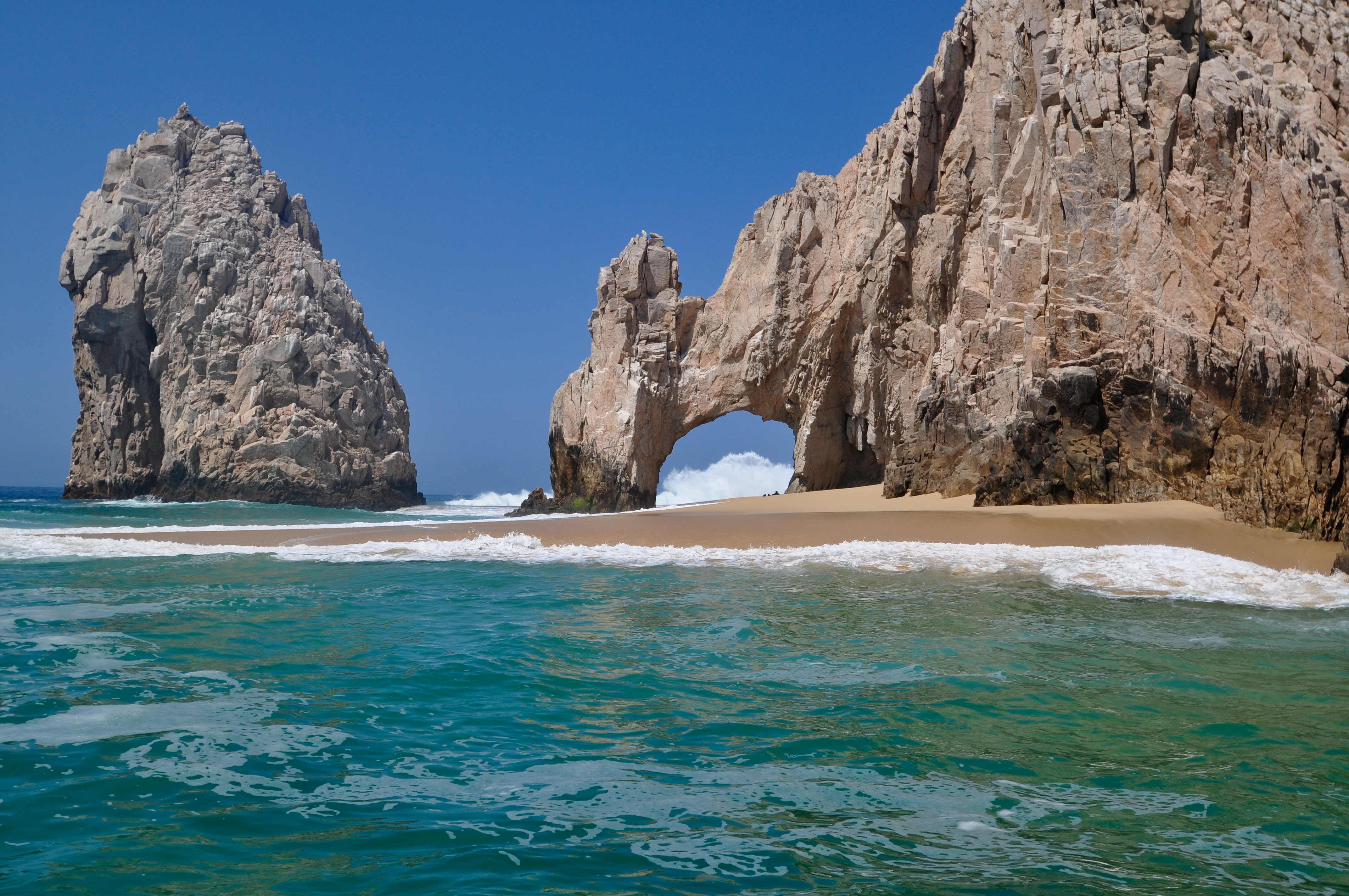Cabo San Lucas is usually thought of as a destination for beach and sunshine. True, it has some of the best beaches and glorious weather on the west coast. But just below the surface of that azure ocean, there’s a whole world waiting to be explored – and it’s absolutely teeming with life.
There’s a reason Jaques Custeau cited Cabo as one of his favorite SCUBA diving locations in the world. Contrary to popular belief, southern Baja’s submarine creatures go way beyond what you can hook with a rod and reel.
Take just a single morning dive trip as an example. We signed up (well, our hotel signed us up) for a morning 2-tank dive. Not more than 5 minutes from the main harbor we dropped into two sights known as Sand Falls and Pelican Rocks where we spotted: a white tip reef shark, huge skates called guitar fish, thin translucent pipefish as long as a human, sea lions (technically these were above water but it counts), neon nudibranchs, an octopus, a giant lobster, and countless tropical fish like angel fish and parrot fish.
The best moment came when we encountered a school of snapper so numerous they blotted out the sun. Have you ever had vertigo? Try swimming among thousands of fish – each big enough to be a decent meal. Then try to tell up from down. For a moment, it was like an underwater drug trip: bizarre, exhilarating and totally fun.
An unusual sight we’ve never seen on a dive came in the form of the sand fall – a steep submarine slope that continuously shifted and moved like an avalanche. At first I thought the dive master had triggered the slide, but as I watched, it just kept going – a shift here, a slide there, then a sump. Presumably, the wave action around the harbor continually fed sand uphill and gravity drew it downward, because years have passed, and the sand-a-lanch has never run dry.
At certain times of the year, Cabo divers can see schools of hammerhead sharks or experience the holy grail of diving – a swim alongside a gentle whale shark. Best of all, diving in Cabo isn’t restricted to SCUBA divers alone. Most outfitters offer “Snuba” packages that allow virtually the same dive experience (without the expensive classes) because they are connected to the surface by an air hose. Of course, snorkeling is always an option for budget minded travelers.
When to Go: Diving is possible year round but late June through early November give the best chance for clear visibility. Whale sharks can be seen July-October
Cost: Two tank dives close to the harbor start at $85 with $30 for gear rental.
For more on Cabo San Lucas, read our post: The Good, The Bad and the Ugly Americans
